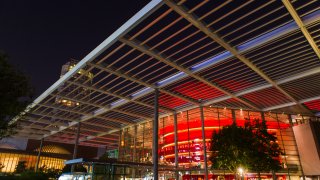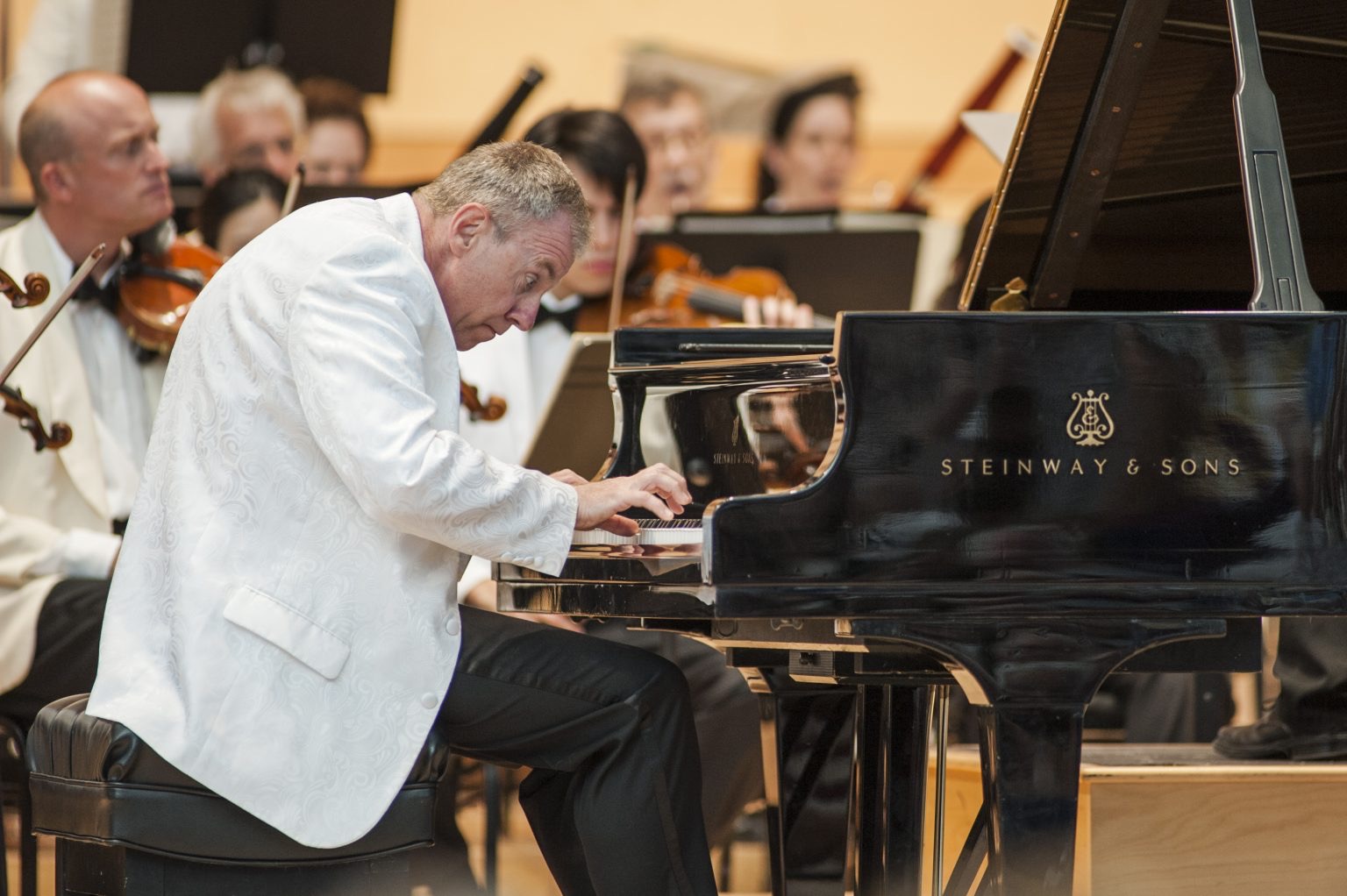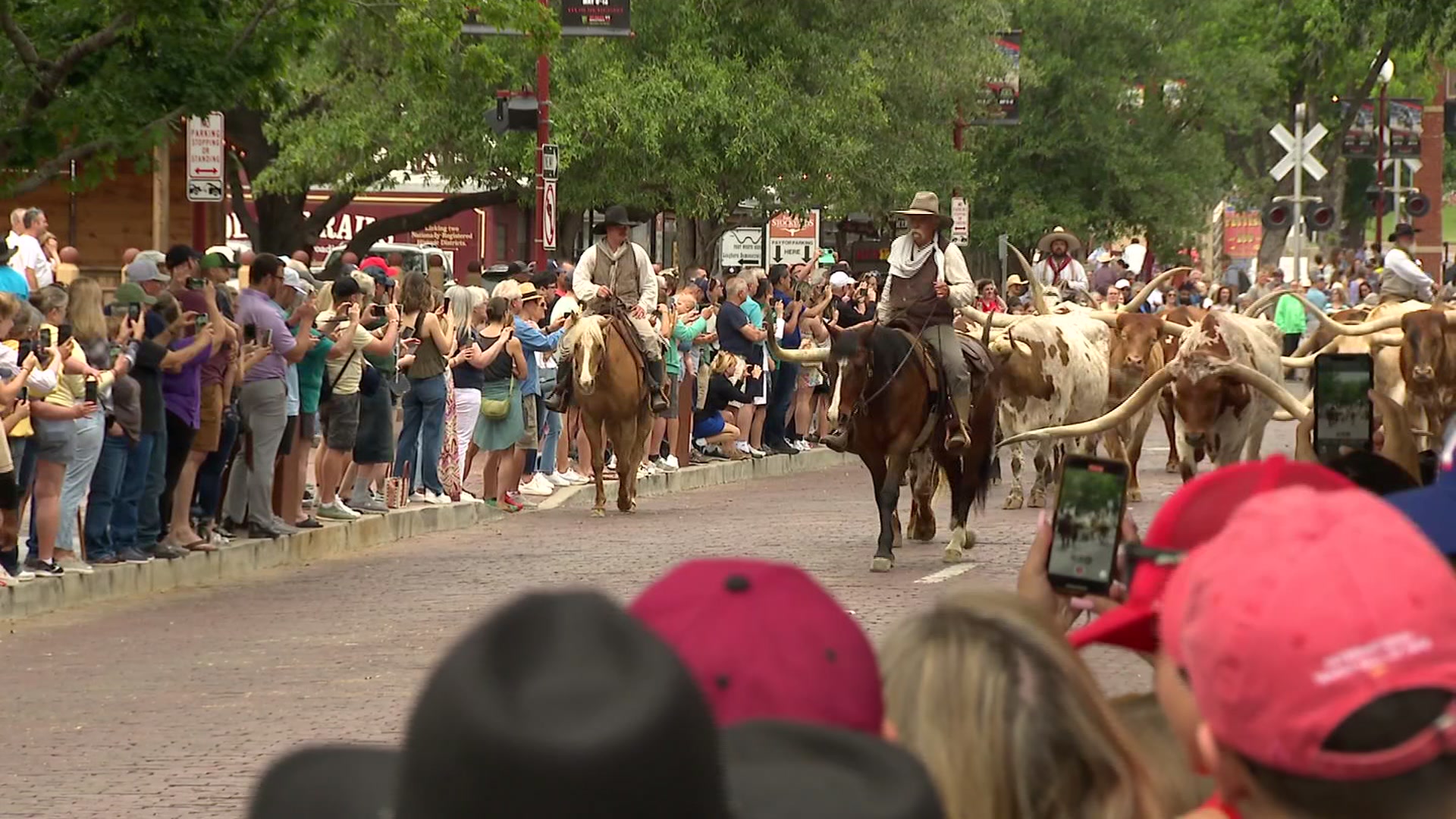
According to a new study released in November, Dallas’ arts and culture sector is making a determined comeback from the pandemic.
Americans for the Arts, a national advocacy organization, released its latest national study on the economic impact of the arts, including results for nonprofit arts and culture organizations in the city of Dallas and the Dallas Arts District.
The Arts & Economic Prosperity 6 (AEP6) study reflects the challenges and the hopes of the business of creating art post-pandemic. While audiences have not returned to live performances at pre-pandemic levels, the arts and culture industry still contributes significantly to the Dallas economy and audiences strongly believe the arts play an important role in society.
“The cultural arts sector is core to the identity of Dallas,” said Martine Elyse Philippe, director of the Office of Arts & Culture. “Over many decades, our city leaders have made substantial and sustained investments in growing this ecosystem, and despite the setbacks caused by COVID, it is a substantial and growing segment of the Dallas economy.”
Get DFW local news, weather forecasts and entertainment stories to your inbox. Sign up for NBC DFW newsletters.
The timing of this year’s survey is unusual. Typically, the Arts & Economic Prosperity studies are conducted every five years, but the 2020 study was delayed to 2022/2023 because of the pandemic. This is the first expansive study conducted by Americans for the Arts nationwide and locally since 2015. The study was conducted in 373 communities and regions across the country in all 50 states and Puerto Rico.
The City of Dallas and the Dallas Arts District participated, with 130 organizations supplying finance and attendance data. This included 2,790 audience-intercept surveys collected from attendees to performances, events, exhibits and special events during the period from May 2022 through July 2023, with financial data from organizations for FY22.
The Scene
The AEP6 study was funded in Dallas by the Office of Arts & Culture and the Dallas Arts District and was supported in partnership by the Dallas Area Cultural Advocacy Coalition (DACAC) and the North Texas Business Council for the Arts.
According to AEP6, the nonprofit arts and culture sector in the city of Dallas generates an economic impact of $853,611,875 in direct and indirect expenditures and supports 13,953 jobs while producing significant tax revenue at local, state and federal levels. The study also shows an attendance of 6,821,319. The study included data from February 2022 through July 2023, including 2,790 audience-intercept surveys collected from attendees to events, exhibitions and performances.
The study also measured the social impact of Dallas arts and culture. 89.8% of those surveyed said “this activity or venue is inspiring a sense of pride in this neighborhood or community” and 90.5% said they “would feel a great sense of loss if this activity or venue were no longer available.”
These figures are significant as the city of Dallas considers the inclusion of cultural venues in the 2024 Bond Program. The arts community has been advocating for at least 6% of the bond to repair and update existing cultural facilities.
“With these kinds of numbers, both in and out of the Arts District and even after the pandemic, this speaks to vibrancy and creative churn that is happening across Dallas,” said Joanna St. Angelo, president of DACAC. “It demonstrates funding from the city and all of our donors is well placed. We just can’t let up on the pedal with that support and this includes taking care of our important and beautiful venues with a significant investment through the bond program next year.”
Cultural tourism is also considered in the survey. In Dallas, 37.7% of attendees are nonlocal visitors who traveled into the city from outside Dallas County. Those visitors spend an average of $56.49. Additionally, 92% of nonlocal attendees reported that the primary purpose of their visit was specifically to attend the program or event they were attending.
Looking specifically at the Dallas Arts District, the 118-acre corner of downtown Dallas had an economic impact of $340,711,537 in expenditures supporting 5,924 jobs. The District’s 16 cultural organizations and venues reported attendance of 2,735,721, generating 40.1% of the city’s economic impact.
“Our arts community is a key driver of the Dallas economy,” said Lily Weiss, executive director of the Dallas Arts District. “This drives tourism and visitors into our city from North Texas and beyond. They come here, they spend, that all has a ripple effect. And it creates a vibrant city where people want to move their business, to live, play and enjoy a great quality of life. The arts amplify all of that.”
Learn more: Dallas Arts District



